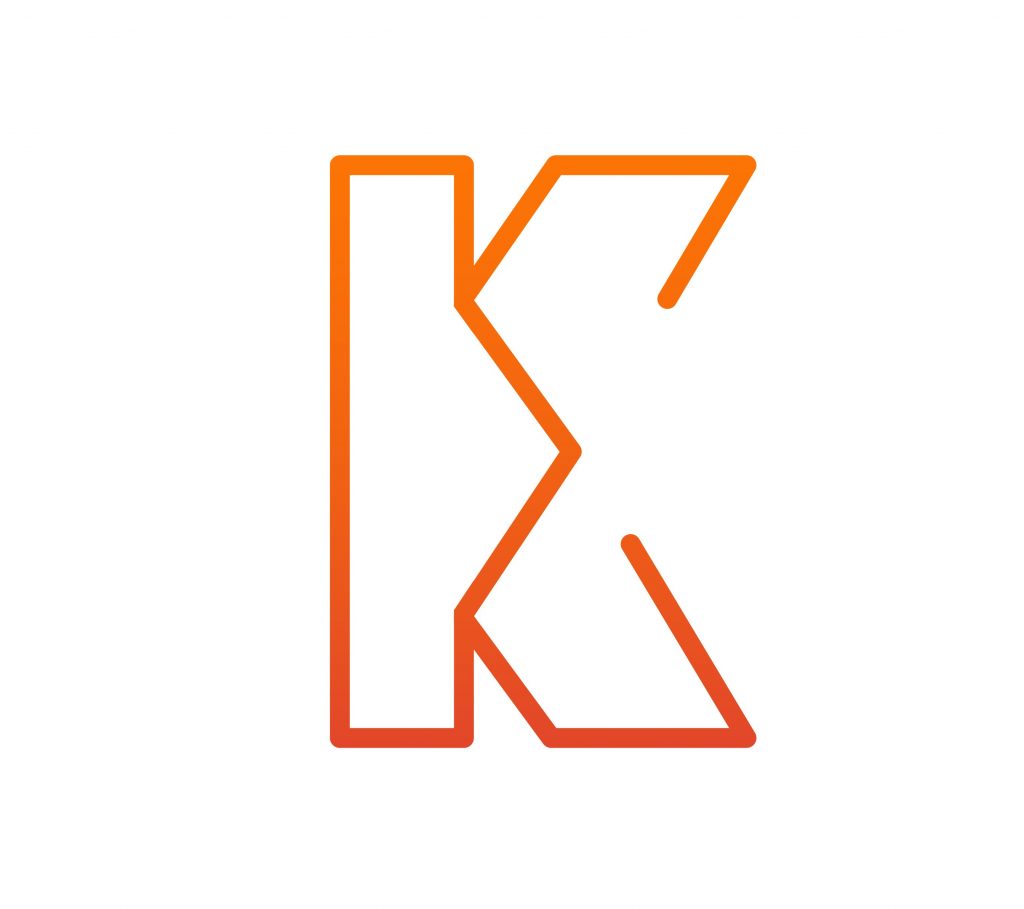Have you ever wondered how cutting-edge computer vision models seamlessly identify and comprehend every element in an image? The secret lies in the technique called image segmentation.
In this article, we are not just talking about any segmentation – we're talking about the revolutionary Panoptic Segmentation. What sets it apart? Let's dive in.
Panoptic Segmentation: A Fundamental Overview
In computer vision, image segmentation plays a pivotal role in enabling machines to perceive and comprehend visual data. Panoptic Segmentation takes this a step further, offering a more comprehensive understanding by merging semantic segmentation and instance segmentation.
Panoptic Segmentation goes beyond conventional segmentation techniques, providing a comprehensive understanding of images. It seamlessly combines semantic segmentation, identifying object categories, with instance segmentation, distinguishing individual instances of those categories. The result? A nuanced and detailed comprehension of visual scenes that elevates the performance of your models.
Traditional segmentation methods may falter when faced with complex scenes, but Panoptic Segmentation excels in providing pixel-level accuracy. It ensures that your computer vision models not only see but see with unparalleled precision, making a significant difference in applications such as autonomous vehicles, medical imaging, and more.
The Complex Landscape of Panoptic Segmentation Challenges
- Pixel-level Precision: Achieving pixel-level precision in Panoptic Segmentation is a demanding task. The need to precisely delineate object boundaries and identify instances within a category requires meticulous annotation, leaving no room for errors.
- Diverse Object Sizes and Shapes: The real world is diverse, and so are the sizes and shapes of objects within an image. Panoptic Segmentation faces the challenge of handling this variability, ensuring that the algorithm can accurately segment objects regardless of their scale or form.
- Semantic Complexity: Semantic understanding is at the heart of Panoptic Segmentation. Dealing with scenes where multiple objects coexist, sometimes occluding each other, demands an algorithm that can comprehend the semantic context and distinguish between instances seamlessly.
- Computational Intensity: Panoptic Segmentation is computationally intensive, particularly when dealing with high-resolution images or video streams. Efficient processing and annotation at scale require a robust infrastructure and skilled personnel.
Choose Kotwel for Panoptic Segmentation Annotation Services
Now that we've explored the challenges, let's shift our focus to the solution – Kotwel.
- Expertise in Data Annotation Services: With a team of skilled professionals, Kotwel ensures precision and accuracy in every annotation task. Our teams excel in providing pixel-level accuracy in annotation tasks, ensuring that every detail in Panoptic Segmentation is captured with the utmost precision. Whether it's semantic segmentation, instance segmentation, or the revolutionary Panoptic Segmentation, we can have you covered.
- Adaptability to Diverse Data: The diverse expertise of Kotwel's annotation teams empowers us to handle a wide range of objects, sizes, and shapes. Whether it's a microscopic medical image or a sprawling outdoor scene, Kotwel adapts to the nuances of your data.
- Quality Beyond Compromise: Our commitment to quality, reliability, and innovation has positioned us as the go-to partner for businesses seeking to enhance the capabilities of their computer vision models.
Contact us today to discuss how we can tailor our services to meet the unique needs of your projects.
Kotwel is a reliable data service provider, offering custom AI solutions and high-quality AI training data for companies worldwide. Data services at Kotwel include data collection, data labeling (data annotation) and data validation that help get more out of your algorithms by generating, labeling and validating unique and high-quality training data, specifically tailored to your needs.



